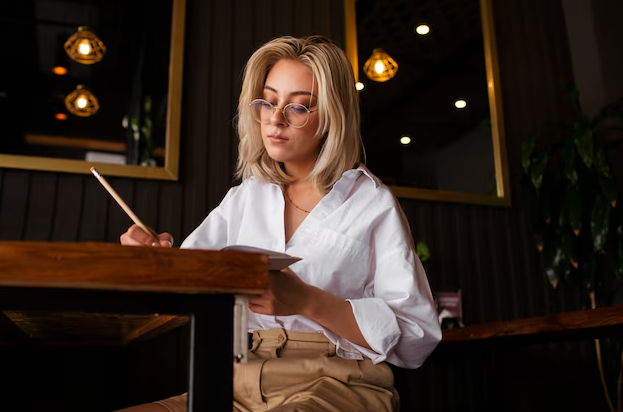03Dec

Publishing a research paper in a Q1 journal is a significant milestone for any scholar, as Q1 journal publications are recognized for their high impact and rigorous review process. This blog provides a step-by-step guide to help you achieve this goal in 2025.
Q1 journals are those ranked in the top quartile (25%) of journals in their field based on impact factors and other citation metrics. They are indexed in prestigious databases like Scopus, Web of Science, and SCI. These journals uphold rigorous standards, so achieving a Q1 journal publication demonstrates academic excellence.

Start by identifying Q1 journals relevant to your research field. Use indexing platforms such as:
Carefully review the journal’s scope, aims, and submission guidelines. Check:
Pro Tip: Use tools like SJR (SCImago Journal Rank) to verify the quartile ranking.
Q1 journals prioritize innovative and groundbreaking research. Ensure your study:
Adopt robust research methodologies and ensure reproducibility of results. Use statistical tools and techniques that add credibility.
A typical research paper includes:
Adhere strictly to the journal’s formatting and citation style requirements. Use reference management tools like Zotero or Mendeley.
Write concisely and avoid jargon. Engage tools like Grammarly or Hemingway Editor to refine your writing.
Ensure your paper is original and free of unintentional overlaps. Use advanced tools like:
Pro Tip: Aim for a similarity index below 10%.
Introduce your research and explain its significance. Address the editor by name if possible.
Most Q1 journals use submission systems like Editorial Manager or ScholarOne.
Be prepared for revisions. Address reviewers’ comments comprehensively and professionally.
When resubmitting, provide a detailed response letter outlining changes made.
Use platforms like LinkedIn, Twitter, and ResearchGate to reach a broader audience.
Highlight your work at academic conferences to enhance its visibility and impact.
Publishing in a Q1 journal requires dedication, high-quality research, and strategic planning. By following this comprehensive guide, you’ll be well on your way to achieving a Q1 journal publication and securing a successful Q1 journal publication to boost your academic success in 2025. Remember, persistence and adaptability are key. Good luck!
Publishing in Q1 journals is widely recognized as a significant achievement for researchers, reflecting the highest quality and visibility of research. Kenfra Research can help you achieve this milestone by providing expert guidance and support throughout the Q1 journal publication process.
“Ready to publish your research in a Q1 journal? Contact Kenfra Research for professional assistance tailored to your academic needs!”
The National Testing Agency has declared that the ICAR PG, PhD Entrance Exam 2023 will take place on July 9,... read more

Writing a PhD thesis is a monumental task that requires dedication, time management, and strategic planning. As daunting as... read more

SPSS (Statistical Package for the Social Sciences) is a leading tool used for statistical data analysis in academic research, business... read more
"Why Getting a PhD is Like Investing in Yourself" Introduction:Deciding to do a PhD is like putting your money in something... read more
Mastering the PhD Toolbox: Essential Implementation Tools for Research Success Kenfra Research, your PhD partner, equips you with the... read more

What are conference papers? Conferences are usually organised by professional societies or organisations and enable academics to present their research findings,... read more
The PhD Project is a non-profit organization that was created to increase the diversity of business school faculty. This organization... read more
Conquer Your PhD Dissertation External Guide Services with Kenfra Research Struggling to navigate the complexities of your PhD dissertation?... read more

For researchers and academicians, journal publications are a significant part of academic success, often serving as key requirements for advancing... read more
WhatsApp us
Comments (2)
Hello to every body, it’s my first pay a visit of this web site;
this blog carries awesome and in fact excellent material for readers.
Hi!
Thank you so much for your kind words 😊
We’re really glad you found the blog helpful!
Feel free to explore more — and if you have any questions or topics you’d like us to cover, just let us know.